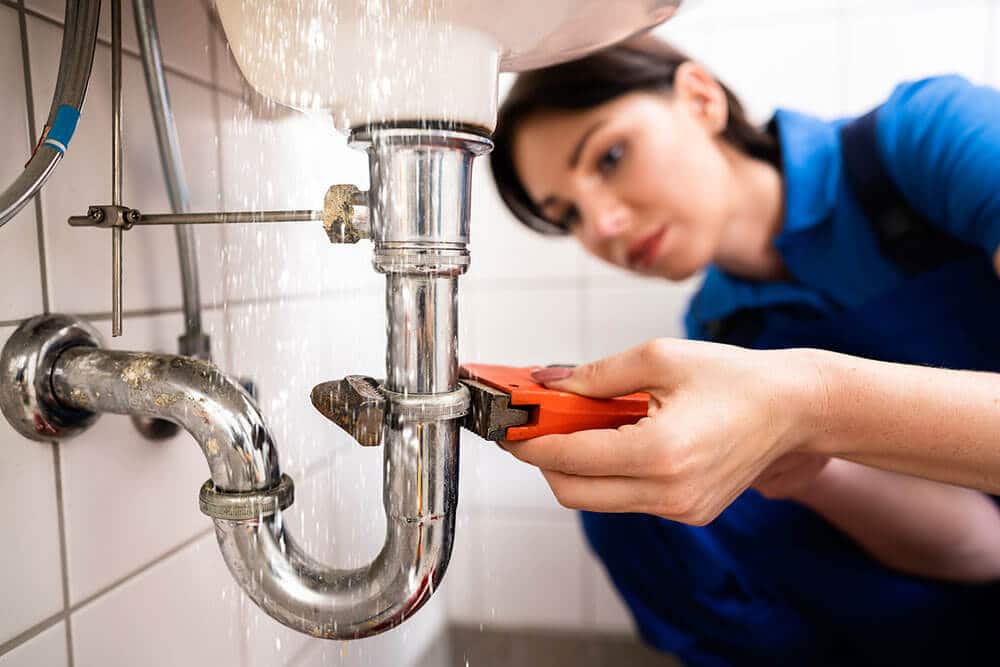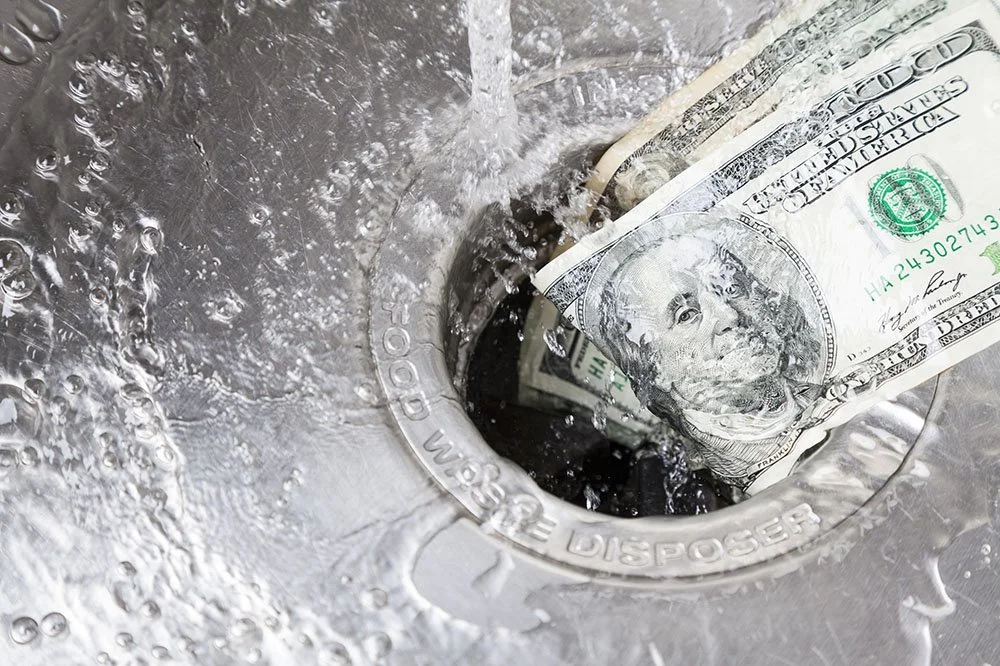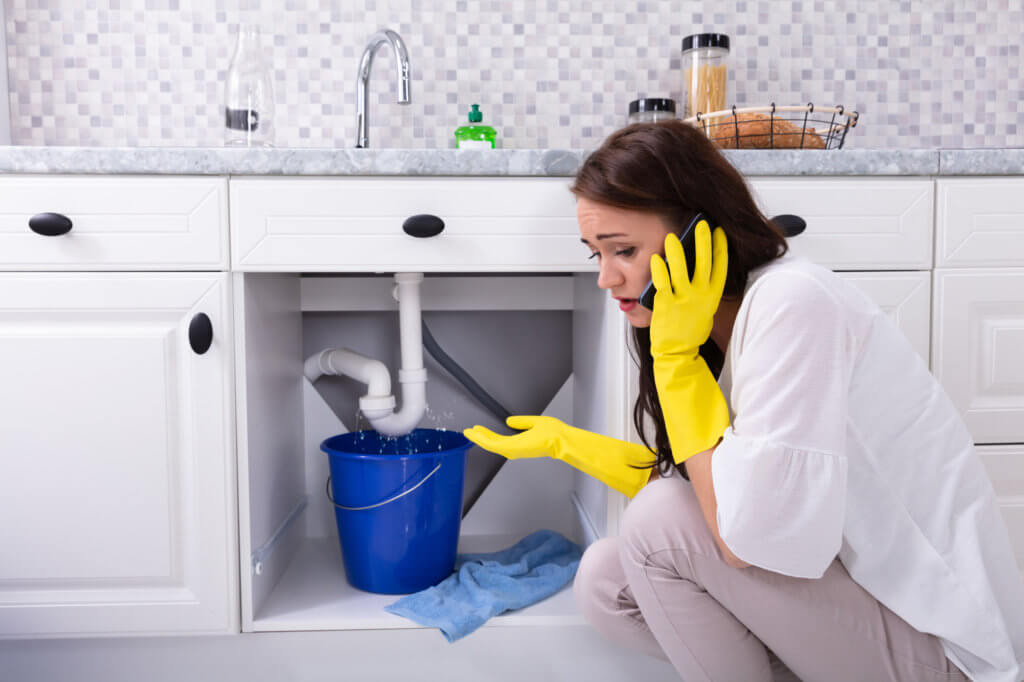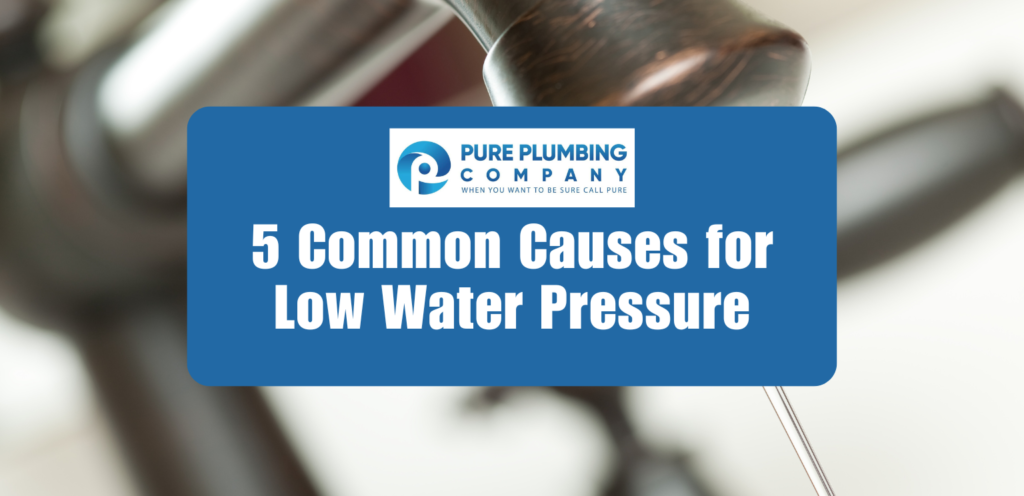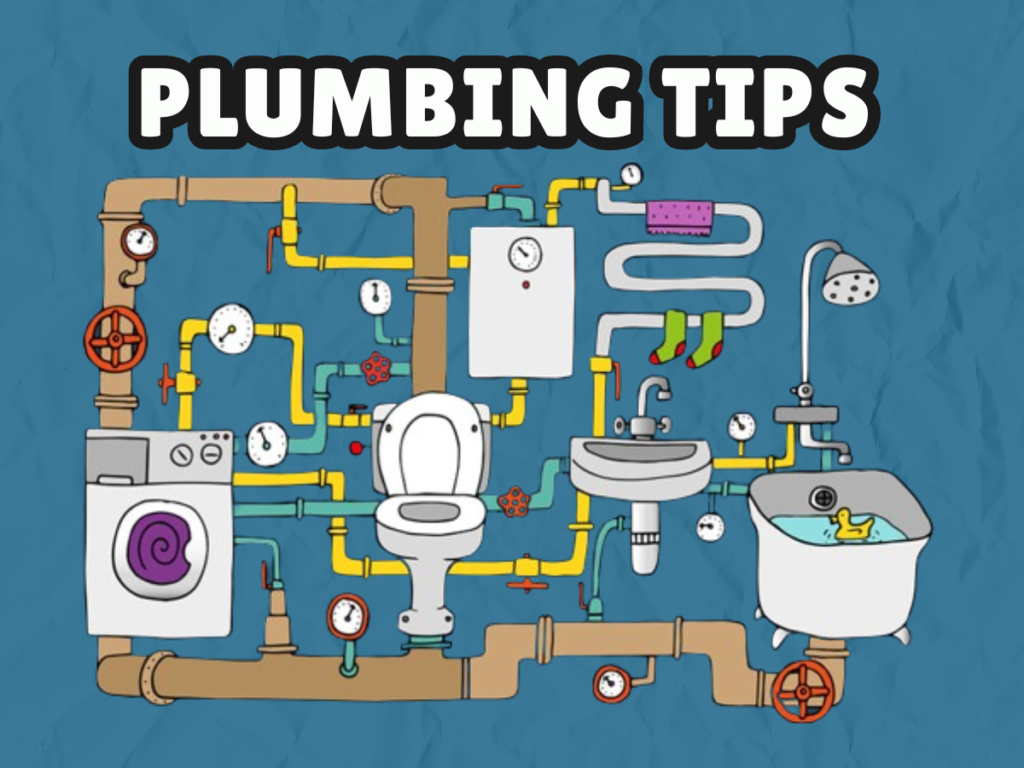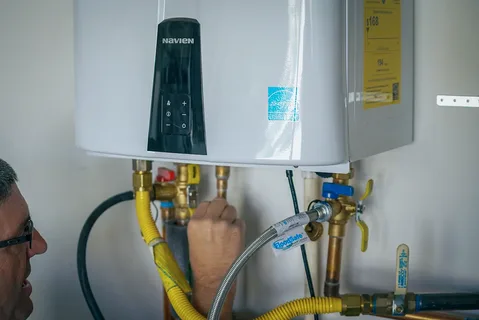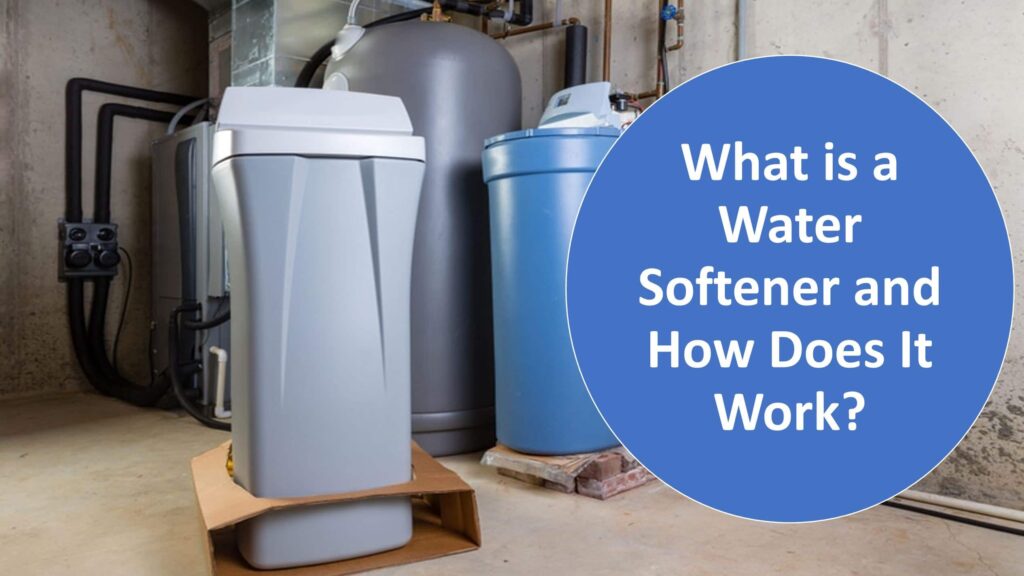Low water pressure can be a frustrating problem for homeowners. Whether you’re trying to take a shower, wash dishes, or water your garden, inadequate water pressure can make these tasks more difficult and time-consuming. Fortunately, there are several common causes for low water pressure, and in this article, we’ll explore each one in detail and provide solutions to help you restore proper water flow in your home.
Why I Face Low Water Pressure:
- Mineral Buildup in Pipes
- Leaky Pipes
- Faulty Pressure Regulator
- Clogged Faucet Aerators
- Municipal Water Supply Issues
Mineral Buildup in Pipes
One of the most common causes of low water pressure is mineral buildup in pipes. Over time, minerals like calcium and magnesium can accumulate inside pipes, restricting the flow of water. This is especially common in older homes with galvanized steel or copper pipes.
Solution:
To address mineral buildup, you can try flushing out your pipes by turning off the water supply to your home and opening all the faucets to allow the water to drain out. Then, you can use a chemical descaler or a homemade solution of vinegar and water to dissolve the mineral deposits. In some cases, you may need to replace old pipes with newer, corrosion-resistant materials like PEX or PVC.
Leaky Pipes
Leaky pipes can also contribute to low water pressure. When pipes develop leaks, water can escape before it reaches its intended destination, reducing the amount of water available for other fixtures in your home.
Solution:
To fix leaky pipes, you’ll need to locate the source of the leak and repair or replace the damaged section of pipe. Depending on the severity of the leak, you may be able to patch it with epoxy or pipe tape, or you may need to enlist the help of a professional plumber to make more extensive repairs.
Faulty Pressure Regulator
A pressure regulator is a device that controls the flow of water into your home from the main water line. If the pressure regulator is faulty or malfunctioning, it can lead to inconsistent water pressure throughout your home.
Solution:
To determine if your pressure regulator is the cause of your low water pressure, you can use a pressure gauge to measure the water pressure coming into your home. If the pressure is higher or lower than the recommended range (typically 40-60 psi), you may need to adjust or replace the pressure regulator. This is a job best left to a professional plumber, as it involves working with the main water line.
Clogged Faucet Aerators
Faucet aerators are small attachments that screw onto the end of your faucet spout. They’re designed to reduce water usage by mixing air with the water stream, but they can also become clogged with debris over time, restricting water flow.
Solution:
To clean a clogged faucet aerator, you can simply unscrew it from the end of the faucet spout and soak it in a solution of vinegar and water to dissolve any mineral deposits or debris. Once clean, you can reattach the aerator to the faucet and test the water pressure to see if it has improved.
Municipal Water Supply Issues
Sometimes, low water pressure is not a problem with your home’s plumbing system but rather with the municipal water supply. Issues like water main breaks, system maintenance, or high demand can all affect water pressure in your area.
Solution: If you suspect that the low water pressure is due to municipal water supply issues, you can contact your local water utility to inquire about any known issues or scheduled maintenance. In most cases, these issues are temporary and will be resolved by the water utility in a timely manner.
Steps to Enhance Water Pressure:
- Ensure water meter valves are in the ‘open’ position.
- Address and fix any pipe leaks.
- Consider replacing an outdated pressure regulator.
- In older homes, consider updating older, deteriorated water pipes.
- Adapt to water usage schedules to avoid peak hours.
- Consider installing a whole house water purification system.
Conclusion:
Low water pressure can be a frustrating issue to deal with, but by identifying the underlying cause and implementing the appropriate solution, you can restore proper water flow in your home. Whether it’s addressing mineral buildup in pipes, fixing leaky pipes, or adjusting your pressure regulator, there are steps you can take to improve water pressure and enjoy better performance from your plumbing fixtures. If you’re unsure how to address low water pressure in your home, don’t hesitate to contact a professional plumber for assistance.





